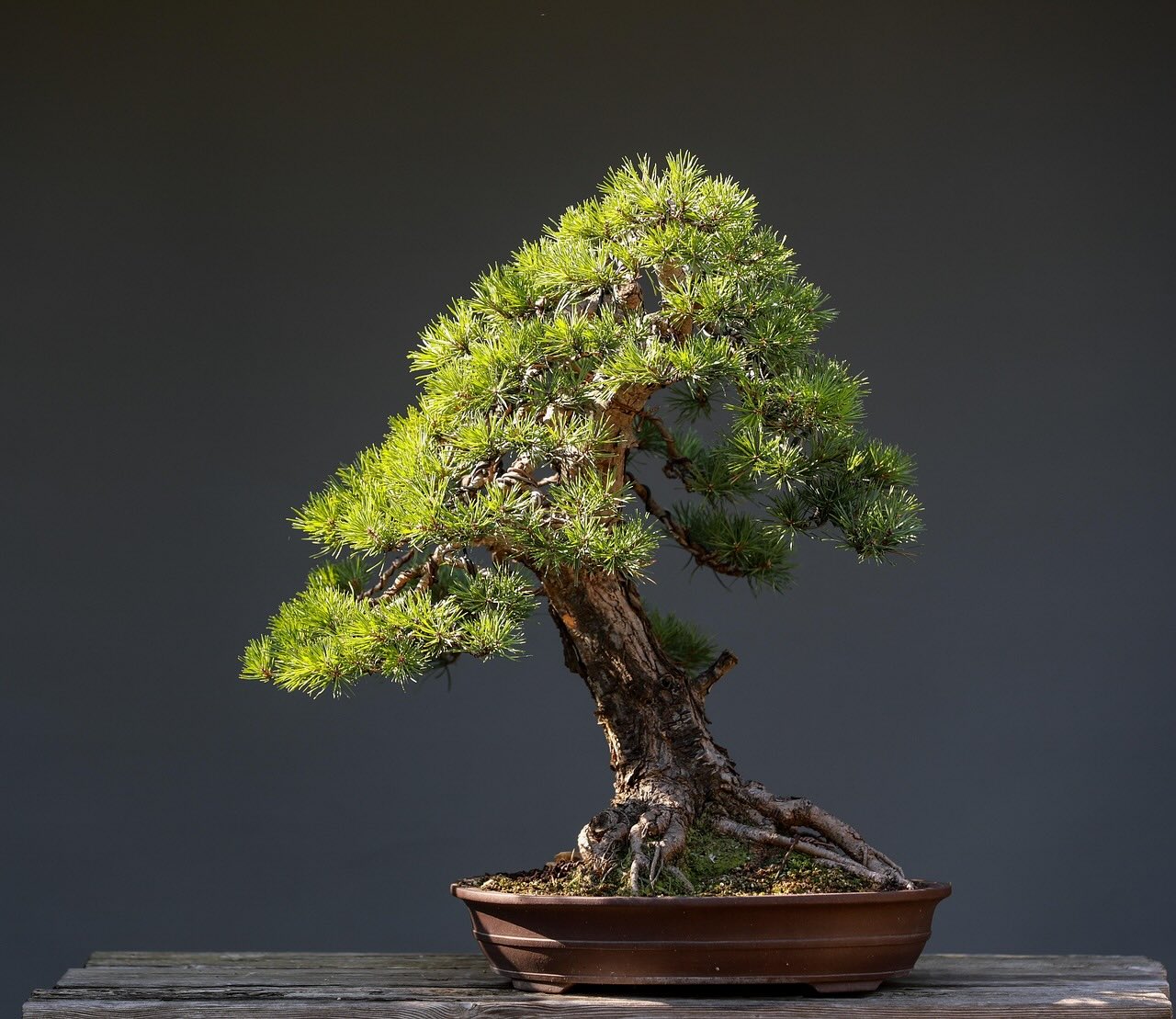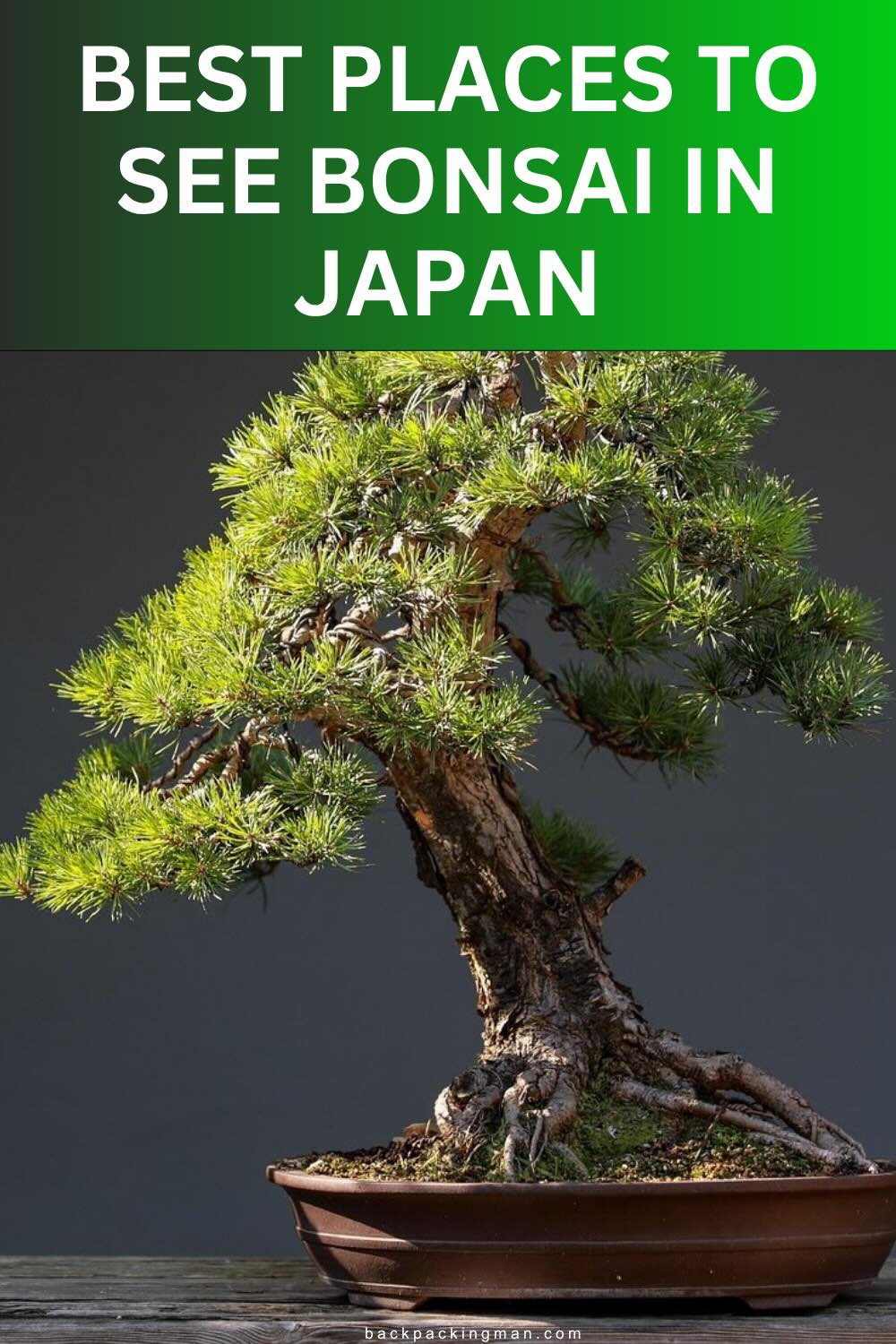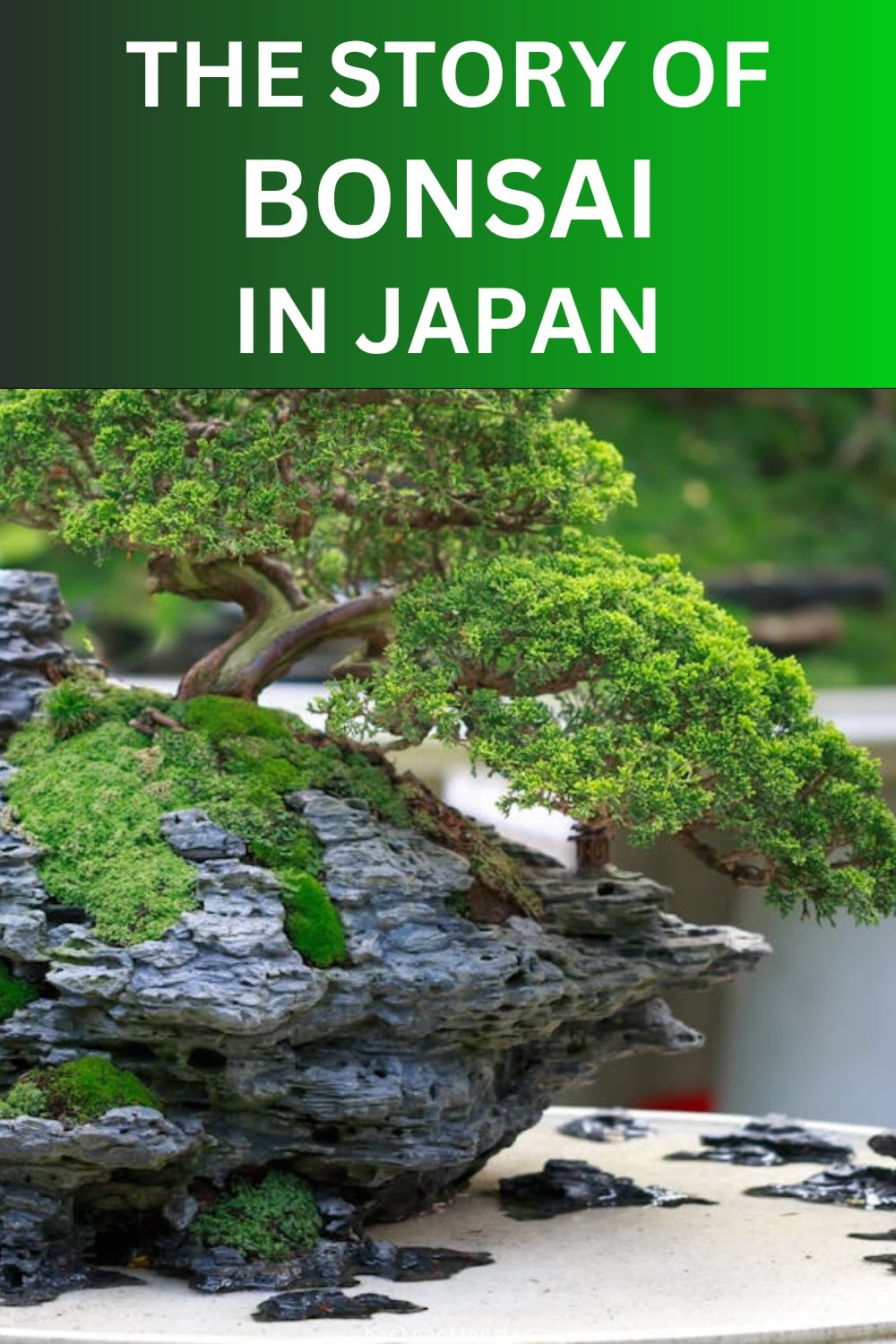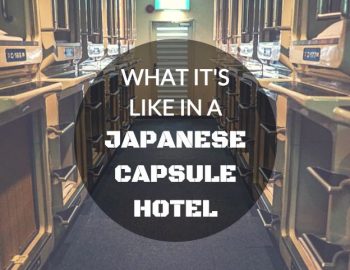Japan is known for many timeless traditions —tea ceremonies, calligraphy, ikebana, and among the most serene and captivating of all is bonsai in Japan. More than just miniature trees in pots, bonsai is a meditative art, a philosophy of balance, patience, and respect for nature.
Travelers with a deep appreciation for Japanese aesthetics often find themselves drawn to the quiet beauty of bonsai, and there’s no better place to experience this than in Japan itself, where the tradition has been refined for over a thousand years.
Here, I’ll take you on a journey through the world of Japanese bonsai—from its rich history and philosophy to the top places in Japan where you can witness these miniature marvels, including gardens, museums, nurseries, and hidden bonsai villages.
I will give a disclaimer straight away that I am not a “bonsai expert” in the sense that I have my own and know all about looking after them, but I love seeing bonsai in Japan (and elsewhere) and have learned a lot about this tradition.
🌱 A Brief History of Bonsai in Japan
Bonsai has its roots in ancient China, where it was known as “penjing”—the art of creating miniature landscapes in trays. It was introduced to Japan around the 6th century by Buddhist monks and was gradually adopted and transformed by Japanese aesthetics and philosophy. Over time, bonsai became deeply tied to Zen Buddhism, emphasizing harmony, asymmetry, and the quiet appreciation of impermanence.
By the 14th century, bonsai was being practiced by the samurai class and the nobility. In the Edo period (1603–1868), it spread among the general populace, eventually becoming a widespread form of horticultural art. Today, bonsai remains an internationally recognized symbol of Japanese culture and natural harmony.
🌳 The Philosophy Behind Bonsai
At its core, bonsai is not simply about cultivating small trees. It is about coexisting with nature, respecting the passage of time, and embracing imperfection (wabi-sabi). Each tree tells a story—of resilience, simplicity, and beauty forged through years of care. The process of growing a bonsai requires deep patience, discipline, and humility, echoing spiritual and aesthetic values that lie at the heart of Japanese culture.
🍃 Types of Bonsai Trees You’ll Encounter in Japan
Before diving into where to see them, it helps to understand the types of bonsai trees you’ll find across Japan. Some popular species include:
- Pine (Matsu): Symbolizing longevity and endurance, black pines and white pines are iconic in Japanese bonsai.
- Maple (Momiji): Known for its stunning autumn colors and delicate leaves.
- Juniper (Shimpaku): Hardy and flexible, commonly used in dramatic styles.
- Cherry Blossom (Sakura): A rare but beautiful sight in bonsai form.
- Azalea (Satsuki): Famous for its vibrant, showy flowers.
Each species requires different techniques and care, and many bonsai masters spend decades perfecting their work.

🏯 Where to See Bonsai Trees in Japan
Now that we understand the cultural depth and botanical diversity of bonsai, let’s explore the best places in Japan to admire them:
1. 🌸 Omiya Bonsai Village – Saitama Prefecture
Best For: Total immersion in bonsai culture
Located just north of Tokyo, Omiya Bonsai Village in Saitama is considered the bonsai capital of Japan. After the Great Kanto Earthquake in 1923, many bonsai growers relocated here, transforming the area into a community dedicated to the art.
What to See:
- Omiya Bonsai Art Museum: The world’s first public bonsai museum. It showcases master-level trees, bonsai pots, tools, and seasonal exhibitions.
- Private Nurseries: Walk through the neighborhood and visit famous nurseries such as Toju-en, Fuyo-en, and Seikou-en. Many allow visitors to observe or even purchase bonsai.
- Bonsai Festivals: In early May, the Great Bonsai Festival draws enthusiasts from around the world.
Access: About 1 hour from central Tokyo by train.
2. 🐉 Shunkaen Bonsai Museum – Tokyo
Best For: Seeing world-famous bonsai up close
Founded by bonsai master Kunio Kobayashi, Shunkaen Bonsai Museum is a peaceful sanctuary located in Edogawa, Tokyo. The museum holds over 1,000 bonsai trees, some of which are over 800 years old.
Highlights:
- The bonsai are displayed in a traditional Japanese house with tatami mats and a koi pond.
- Personal tours can be arranged with advance booking.
- One of the few places where you can see trees designated as national treasures.
Access: 30–40 minutes by train from central Tokyo.
3. 🏞 Kyoto Botanical Gardens – Kyoto
Best For: Combining bonsai with seasonal flowers
While Kyoto is better known for its temples and traditional tea houses, the Kyoto Botanical Gardens houses a surprisingly impressive collection of bonsai.
Features:
- The bonsai greenhouse displays hundreds of bonsai species year-round.
- Seasonal exhibitions and floral festivals.
- A calm, serene space ideal for reflection and slow travel.
Tip: Combine this visit with a stroll along the nearby Kamo River.
4. 🐾 Kinashi Bonsai District – Takamatsu, Shikoku
Best For: Seeing bonsai cultivated for export
If you’re truly serious about bonsai, venture to Takamatsu in Kagawa Prefecture, home to the Kinashi Bonsai District, one of the largest production centers in Japan.
Why Visit:
- 80% of pine bonsai in Japan are grown here.
- Numerous nurseries such as Matsuo Nursery and Kandaka Shojuen offer guided tours.
- See how bonsai are prepared for international markets.
Access: A 20-minute drive from Takamatsu City or accessible via bus.
5. 🍁 Ueno Green Club – Tokyo
Best For: Bonsai shopping and pop-up exhibitions
Run by the Nippon Bonsai Association, this facility near Ueno Park is a hub for bonsai exhibitions and sales events. It often features works by both established and emerging bonsai artists.
Why Go:
- Unique chance to buy a bonsai or supplies.
- Check the calendar for special seasonal events.
- Located near Ueno Zoo and the Tokyo National Museum.
6. 🌄 Saika Bonsai Garden – Osaka
Best For: Accessible bonsai experience in Kansai
This small but refined garden in Osaka offers bonsai classes, exhibitions, and displays of unique trees, including flowering and fruit-bearing varieties.
Good To Know:
- Friendly, English-speaking staff.
- Offers bonsai tools and starter kits for purchase.
- Great for beginners or those wanting to try bonsai hands-on.
📆 Top Bonsai Exhibitions in Japan
If you plan your trip right, you can catch one of the following national bonsai exhibitions, where the best trees in Japan are showcased:
🌟 Kokufu-ten (Tokyo)
- Held in February at the Tokyo Metropolitan Art Museum.
- The most prestigious bonsai exhibition in Japan.
- Judged by master-level experts.
🍂 Taikan-ten (Kyoto)
- Takes place in November at Miyako Messe.
- Features traditional and contemporary bonsai styles.
🌸 Saitama City Bonsai Festival
- First weekend of May in Omiya Bonsai Village.
- Combines street markets, live demonstrations, and garden tours.
🧑🌾 Bonsai Workshops and Hands-On Experiences
Interested in trying your hand at shaping your own bonsai? Here are a few places that offer English-language workshops:
- Shunkaen Bonsai Museum (Tokyo): Half-day sessions led by trained apprentices.
- Bonsaiya Kato (Omiya): One-on-one lessons with a local bonsai master.
- Yamada Shoten (Nagoya): Offers classes on potting and pruning techniques.
- Tama Bonsai School (Tokyo): A structured course that spans multiple sessions.
🌏 The Bonsai Export Trade and Global Appeal
Japan is also a global exporter of bonsai, especially pines and junipers. Countries around the world import Japanese bonsai for their superior quality and traditional craftsmanship. Takamatsu, Saitama, and Nagoya are major export hubs.
Note: Exporting a bonsai requires quarantine certification, so it’s not as simple as buying one and taking it on a plane. If you’re interested in owning one, ask sellers about overseas shipping arrangements.
🧘♂️ What Bonsai Teaches Us
Bonsai is more than an ornamental plant. It embodies:
- Restraint – You cannot force growth.
- Harmony – The pot, tree, and environment must feel balanced.
- Impermanence – Nothing lasts forever, but beauty can be preserved in small, deliberate ways.
In a world driven by speed and consumption, bonsai reminds us to slow down, nurture, and appreciate the passage of time.
✈️ Final Tips for Bonsai Lovers Visiting Japan
- Plan ahead: Some bonsai nurseries require reservations.
- Be respectful: Do not touch the trees unless given permission.
- Buy wisely: Only certified sellers can export bonsai.
- Go off the beaten path: Some of the best bonsai experiences are in local gardens and rural towns.
🌺 Bonsai in Japan is Worth the Journey
There is something uniquely profound about standing in front of a 400-year-old bonsai tree—watching its twisted branches, shaped by both nature and the human hand, and understanding that you are witnessing a living, breathing artwork that has outlived generations.
Whether you’re a gardening enthusiast, a nature lover, a cultural traveler, or someone simply seeking peace in a chaotic world, exploring the bonsai trees of Japan is an unforgettable journey into one of the most refined arts of human expression.
So next time you’re in Japan, skip the crowds and step into the stillness of a bonsai garden. The trees may be small—but the feeling they evoke is vast.
If you love (or have an interest in) Japanese food, then have a read of my article about 10 of the best traditional Japanese foods to try.
For more on Japan, I have a vast array of articles for visiting many parts of the country, which you can find in my guides for Japan.
Share this article about bonsai in Japan:






